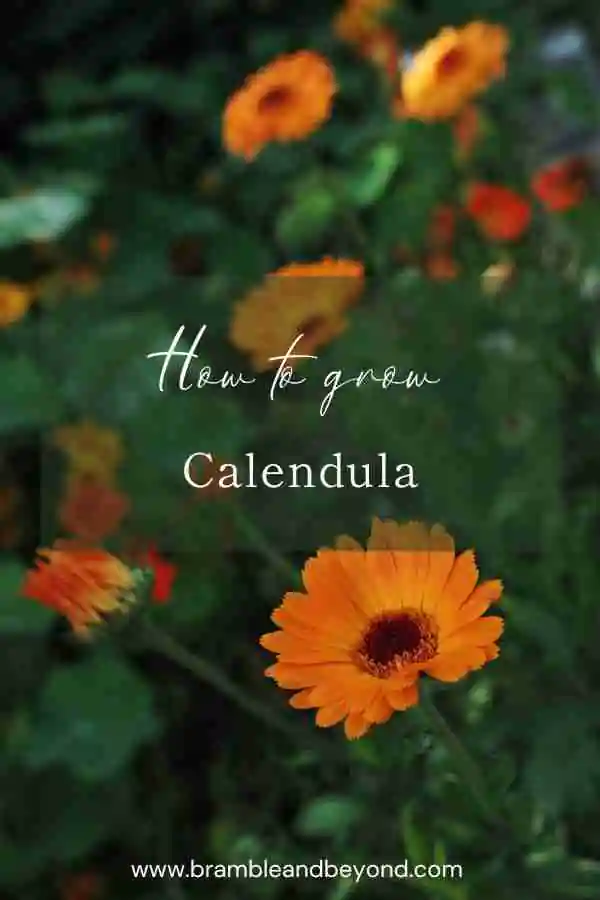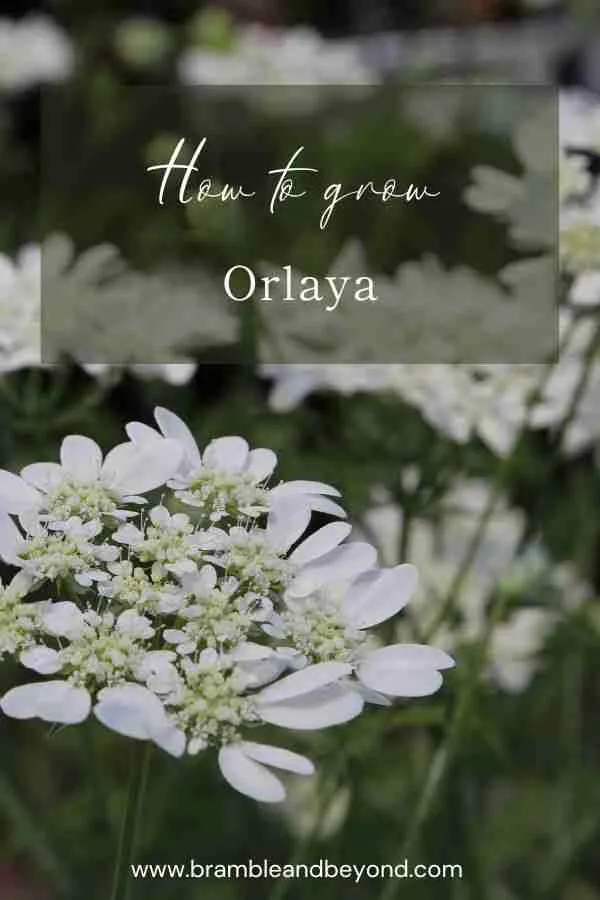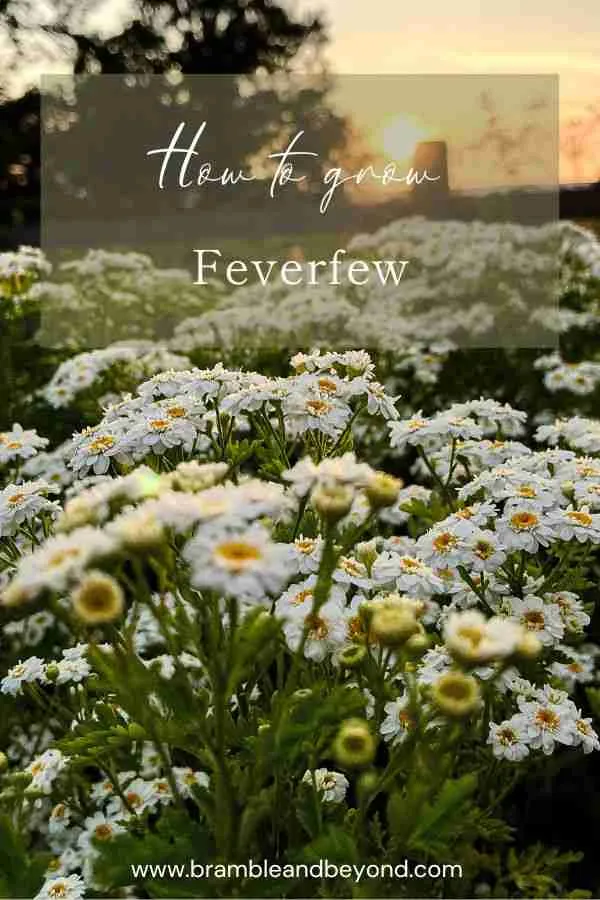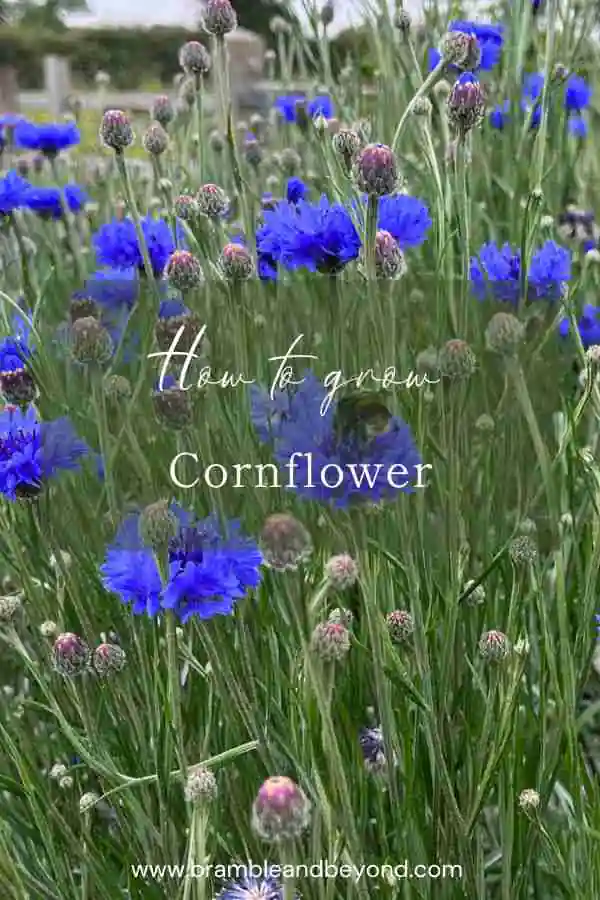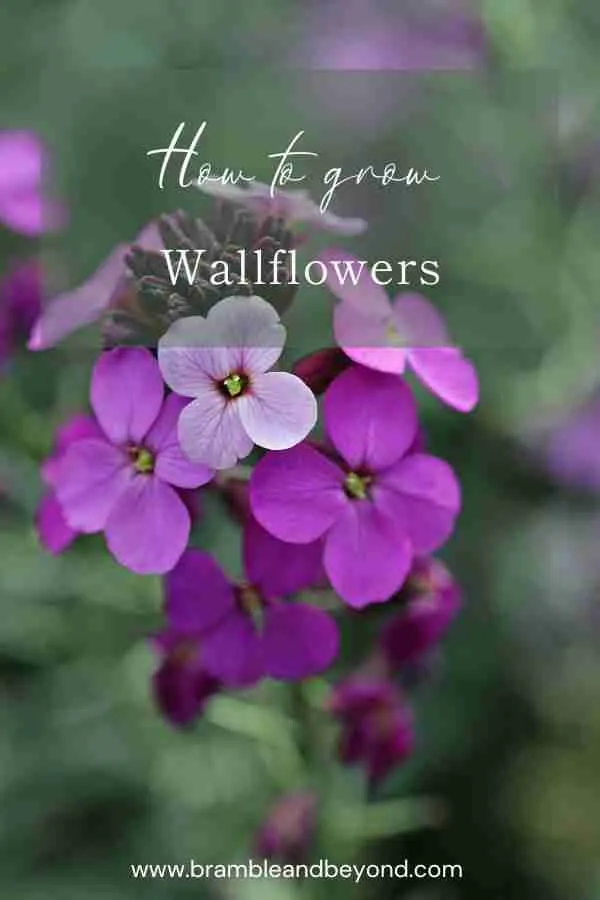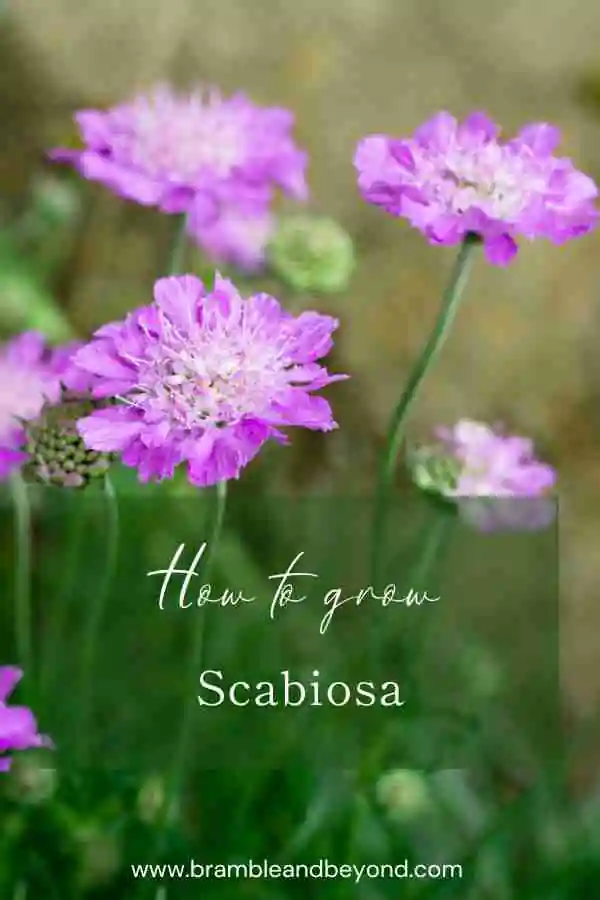Disclosure: This post may contain affiliate links, meaning I get commission if you decide to make a purchase through my links, at no cost to you. Please read my Affiliate Disclosure for more information.
Calendula is like a burst of joy in your garden, with its cheerful appearance and carefree nature. Learning how to grow Calendula is an absolute delight – it’s a flower that knows how to make itself at home. But be warned, once it finds a cozy spot in your garden, it will happily stay forever!
What is Calendula?
Calendula is a hardy annual from the daisy family, also known as Marigold, and likes nothing better than basking in the warm summer sun all day long. But forget the vivid orange or yellow blooms you remember from your childhood. Today, the seed catalogs offer a stunning array of subtle hues, like the soft and peachy shades of a sunset. Trust me, they are truly exquisite.
One of my personal favourites is the Art Shades mix, a delightful combination of orange, primrose, and apricot Calendulas. With their varying sizes and shapes, these flower heads brings endless possibilities to your floral arrangements.
Calendulas are the speed demons of the flower world. They sprout from seeds faster than you can say “garden magic.” Plus, they have a nifty talent for self-sowing, ensuring their presence in your garden year after year. And let’s not forget their popularity among beneficial insects – they’re like the social butterflies of the plant kingdom!
But wait, there’s more! Calendula petals are not just pretty faces; they also have hidden talents. You can use them to create natural fabric dyes, add a touch of edible beauty to your dishes, or even make soothing salves for medicinal purposes. Talk about a plant with a multitude of talents – what’s not to love?
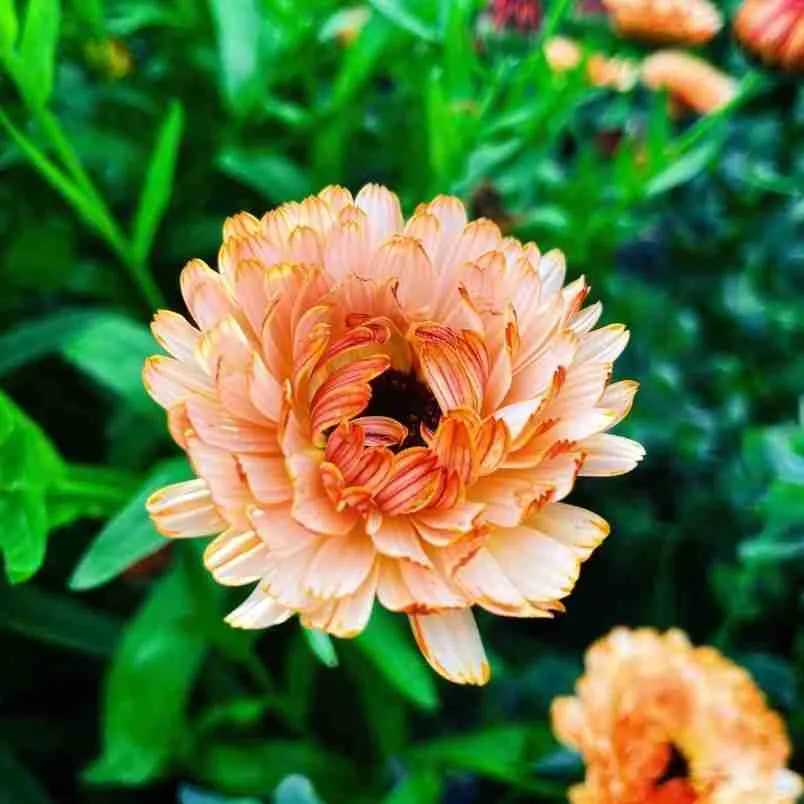
How to grow Calendula:
Calendula are on of the easiest plants to grow from seed, and for a change, their seeds are big and easy to handle, which is a big help, especially if you have butterfingers like me.
- Start seed indoors in trays 4-6 weeks before last frost.
- Transplant out after all danger of frost has passed.
- Can direct sow and succession plant every 2-3 weeks to stagger harvest.
- Sow in the Autumn for flowers the following early Summer, or in the Spring for flowers later in the season.
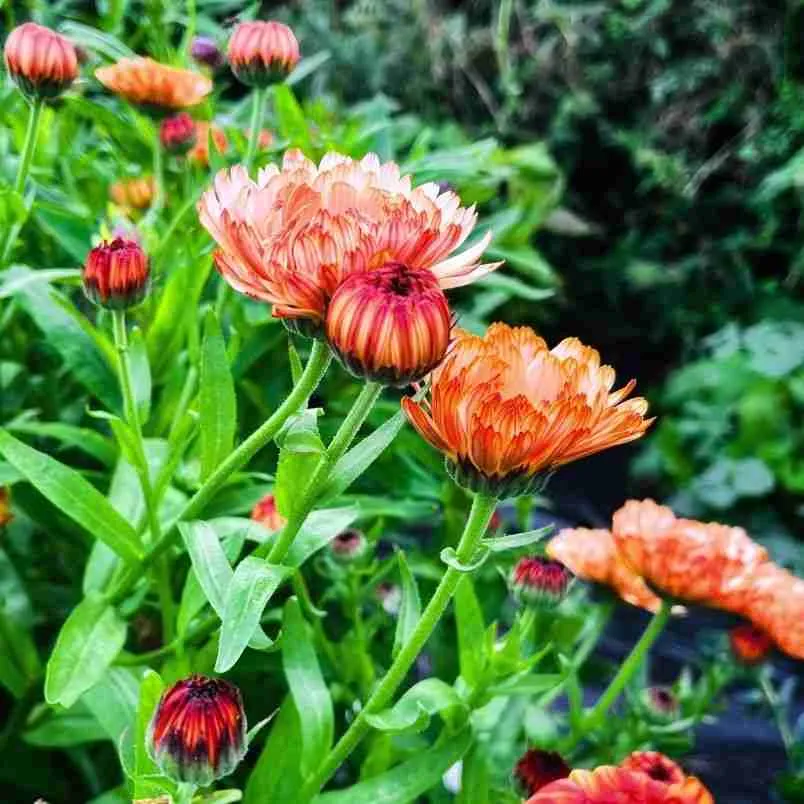
Calendula plant details:
- Plant type: hardy annual
- Height: 45cm
- Site: full sun
- Sowing Depth: 10 mm
- Germination: 5-10 days
- Temperature: 18-23°C
- Days to maturity: 60 days
- Plant spacing: 25 cm
- Pinch: not necessary
- Staking: not necessary
- Drying: no
- Approx seeds per packet: 100
Please note we pack the majority of our seeds by weight so the number of seeds indicated is only an approximation.
Currently, I sell our seeds, and other bits and bobs, through Etsy, so the link below will direct you there.
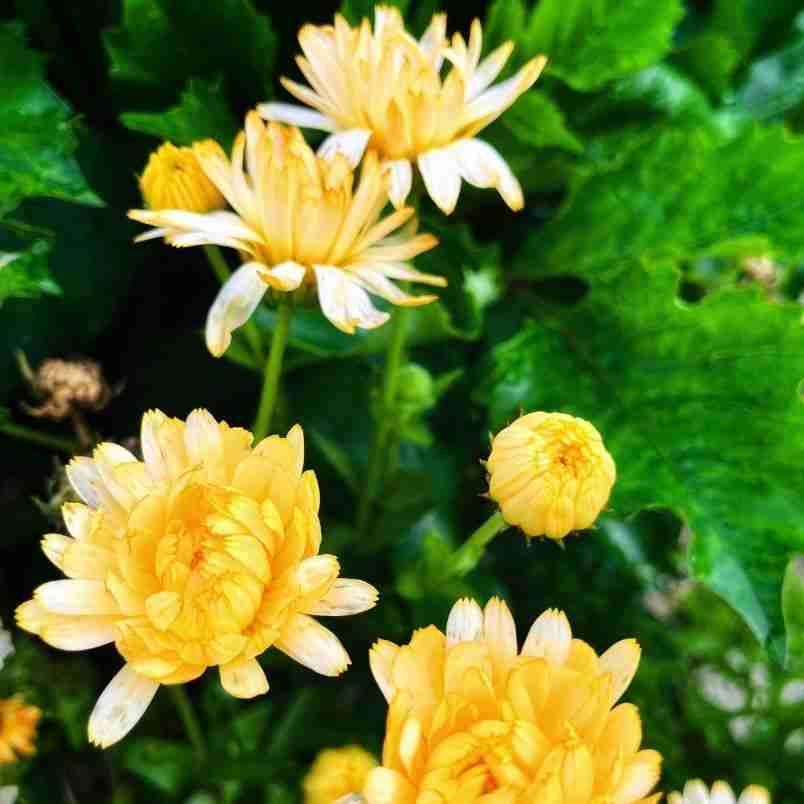
Harvesting and vase life:
- Pick when the flowers are ½ way open, they will continue to open in the vase.
- Foliage is sticky, so wear gloves when harvesting if you have sensitive skin.
- Expect a vase life of 6-7 days, but they do have dirty stems. This means they make the water murky, so either change the water frequently or don’t use a glass vase.
10 Tips for growing Calendula.
- For best results, make sure that your proposed bed is properly prepared and all weeds are removed.
- Give calendula plenty of sun and a free draining soil and it will reward you with lots of flowers.
- Calendula is a hardy annual so your first batch can be sown in autumn for early flowering the following year.
- To grow a constant display of calendula flowers, follow the autumn sowing with another batch undercover at the beginning of April. You can then direct sow from mid-April after the soil has started to warm up.
- If you direct sowing, it’s easier to sow in straight rows and bury the seeds no more than a 1 cm deep. Keep the soil moist while they establish. Then thin out the seedlings to about a foot apart.
- Calendula are ideal companion plants to many vegetables and other flowers as they can lure aphids away from more precious plants.
- Beneficial insects are also attracted to calendula, including ladybirds, lacewings and hoverflies, which prey on aphids.
- Mulching around the plants will help retain moisture and keep your beds free of weeds.
- Spring sowings will take 10 – 12 weeks to flower.
- Calendulas are cut and come again flowers, so the more you pick the more flowers you get
These are my tips, but I find that they happily self sow in my unheated, unwatered greenhouse bed without any such care. So do beware once grown you will never be without them.
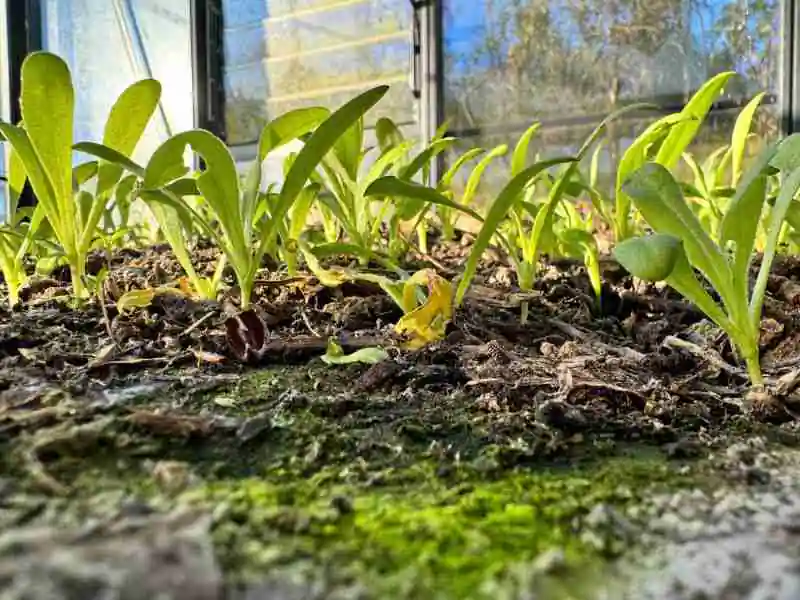
Congratulations! You have now mastered the art of growing Calendula from seed to stunning blooms. By following this guide, you’ve learned the step-by-step process of nurturing these joyful flowers and creating a vibrant garden. Embrace the sustainable beauty of seasonal flower gardening and let Calendula bring a touch of whimsy and enchantment to your green oasis. As Ralph Waldo Emerson once said, “The earth laughs in flowers,” and with Calendula, your garden will be filled with laughter and joy.

